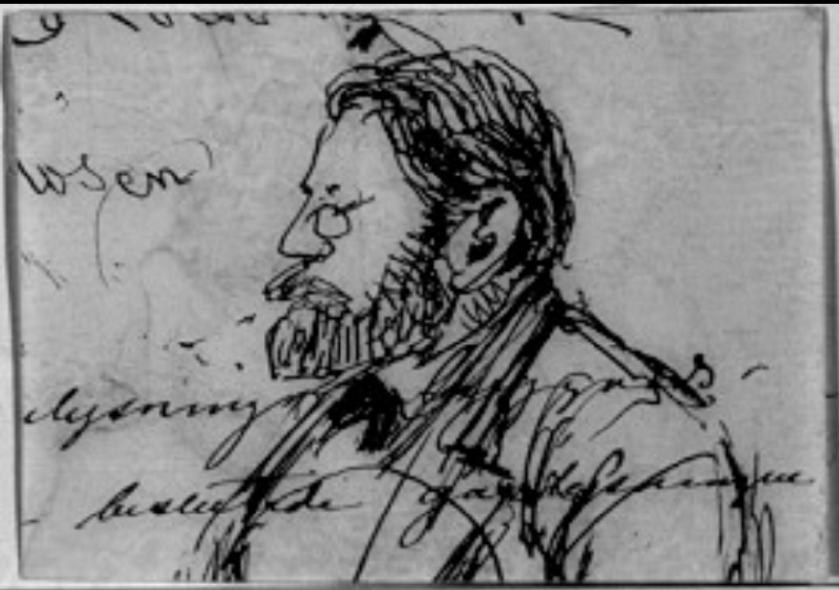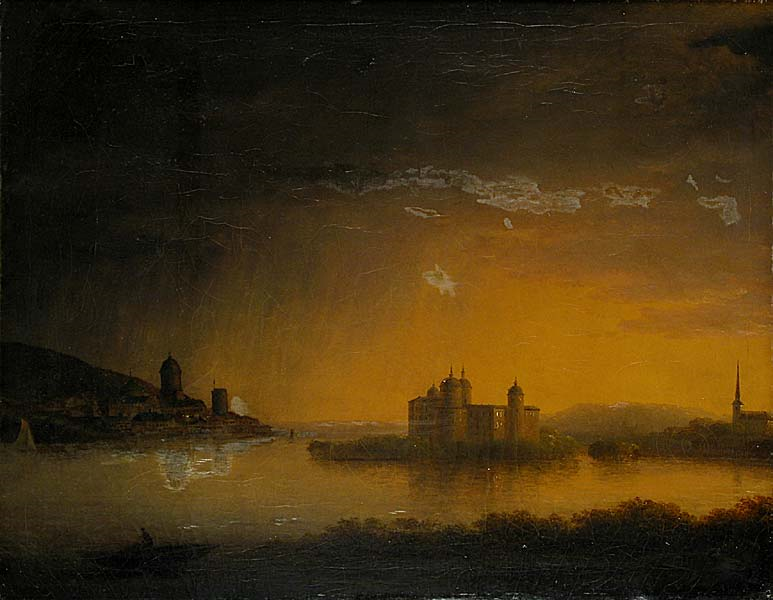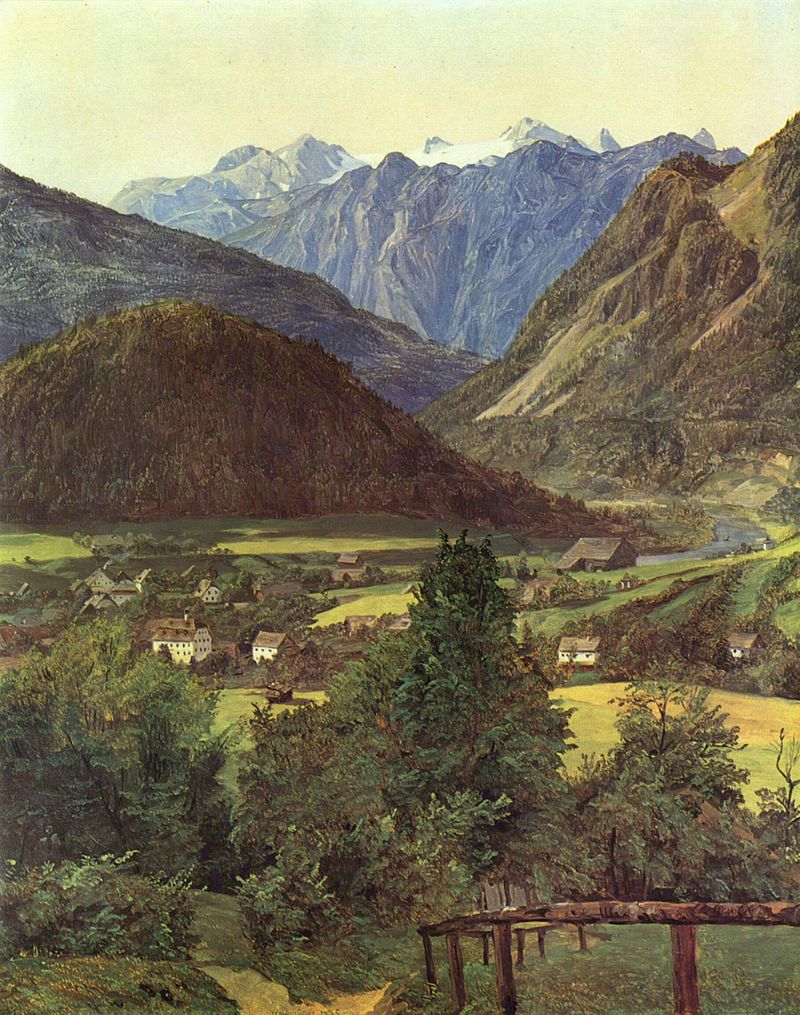
Today’s blog is a very short one. I think I have mentioned before how I choose an artist to write about. There are two things I need before I can embark on the journey of looking at the life of an artist. Firstly, I need to have multiple sources which offer a biography of the painter. Why multiple? Because you would be amazed at how often I come across differing facts such as names of family members, educational information and simple dates and I have to work out what are the true facts. Secondly, I must have a wide range of pictures so as to be able to highlight the artist’s skill as a painter. Proceeding with the blog without both of these is very difficult.

However once in a while, and today is one of those occasions, I come across artwork which is so good that I just have to formulate a blog even though my knowledge about the artist’s life is severely limited. I scoured the internet and reference books and, as I was on a three-day visit to London on child-minding duties, I even went to the British Library but all to no avail as little seems to be written about today’s painter although the auction houses such as Bonhams, Christies and Sothebys offered samples of his art without a biography, which is somewhat unusual. Let me introduce you to the nineteenth century Austrian portrait and genre painter Alois Heinrich Priechenfried.

Much of the Jewish art by Priechenfried focused on the quiet contemplation of the holy scriptures.

Alois Michel Priechenfried, the artist’s father, was a gilder by trade. Gilding is the decorative technique for applying a very thin coating of gold to solid surfaces such as metal, wood, porcelain, or stone. He married Anna Hackensoellner and the couple had three children, August Franz, Georg and Alois. Alois Heinrich Priechenfried was born June 25th, 1867 in the Gumpendorf district of Vienna.

Alois was brought up in the Catholic faith although when I first looked at his paintings I wrongly believed that he must have been Jewish. Many of his paintings featured rabbis as is the one he painted entitled Seated Rabbi. The quotation behind the rabbi is from Psalms 118:17, “I shall not die but live and proclaim the works of the Lord.”

My favourite painting of his featuring people of the Jewish religion is one entitled Reading the Scriptures. There is something very peaceful about this painting. The rabbis, who are seen reading the holy book or quietly contemplating what they have just read, offers one a feeling of extreme serenity which many people get from their belief in their religion and their God. I suppose, being a non-believer, I miss out on such times of peaceful contemplation.

Not all Priechenfried’s paintings depicted aspects of the Jewish religion for one of his best paintings features a cleric from the Catholic religion. It is simply entitled A Cardinal Reading. Once again it is a portrayal of tranquil meditation.

When young Alois was fourteen years old, he followed in his father’s footsteps and trained and worked as a gilder. At the age of seventeen he enrolled for one year at the Vienna Academy of Fine Arts as a guest student.

One of his professors at the Academy was the German painter, Christian Griepenkerl. Griepenkerl had been appointed a professor at the Academy of Fine Arts Vienna in 1874 and three years later he was the lead professor at the Academy’s special school for historical painting. Griepenkerl specialised in allegorical representation using themes from classical mythology and portraiture. He taught many of the foremost painters of the time including Egon Schiele and Anton Peschka but his teaching methodology and that of the Academy was looked upon by many young students as antiquated and overly-conservative and so many left the Academy and founded the Neukunstgruppe (New Art Group), which fostered its own style without Academic constraints. Christian Griepenkerl later became famous for refusing Adolf Hitler’s application to join the Academy in 1907 stating that Hitler’s entrance submission piece was both unimaginative and unsatisfactory.

Alois married a Emile Aurelia Watzek, a Yugoslavian lady in 1890 and the couple went on to have eight children. As can be seen in the above painting and the ones below, he also completed many genre works.

Priechenfried spent many periods of his life in Munich but always returned to his beloved Vienna.

Alois Heinrich Priechenfried died on May 24th 1953 at his home in Diefenbachgasse in the Rudolfsheim-Fünfhausdistrict of Vienna which lies on the northern bank of the River Wien. He was 85.
My apologies for the lack of biographical information but I am sure you will agree the paintings themselves are worth the blog. If anybody knows more about Priechenfried I would love to hear from you and then I could update this blog.
Finally, Merry Christmas and a belated Happy Hanukkah to everyone.





























